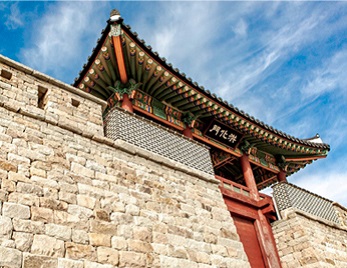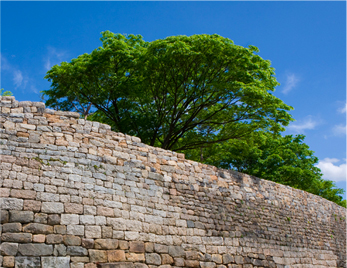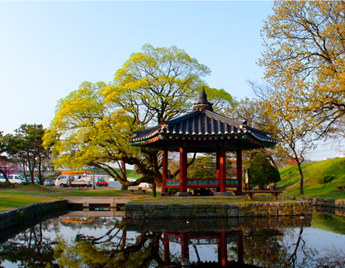Its Beginning
Hongju was called Unju in the Goryeo Dynasty. A government official called, dodanryeonsa, was sent in 995 to govern the area, and jijusa in 1012. Then, it was renamed as Hongju.
Its administrative unit status was raised to a "mok" in 1358, and a jijusa began governing the area in 1368.
In the Joseon Dynasty, several changes occurred before it became a "gun" in 1895. Then, in 1914, the former Gyeolseong-gun was integrated into the county, and together, they were called Hongseong-gun.
Gyeolseong-gun was originally called Gyeonggi-hyeon in the Baekje Kingdom, but it came to be known as Gyeolseong in the Silla period and was the Yeonghyeon of Seorim-gun.
In 1018 during Goryeo Dynasty, it became transferred to Unju, and had a gammu in 1172. Many of the residents fled the area when it was invaded by the Japanese during the reign of King Woo.
For this reason, a fortress was built to attract more settlers.
In 1413 during Joseon Dynasty, a hyeongam was sent to govern the area.
Then, in 1895, its administrative unit status was raised to "gun" and in 1914, Hongju-gun, Gyeolseong-gun and some of the areas of Boryeong-gun were integrated together to establish Hongseong-gun.
The administrative unit status was raised for Hongju-myeon to Hongseong-eup in 1941 and Gwangcheon-myeon to Gwangcheon-eup in 1942.
According to the nationwide changes to the administrative divisions in February 1983, Daesa-ri, Gobuk-myeon, Seosan-gun and Wa-ri, Gyeolseong-myeon were transferred to Galsan-myeon, Wollim-ri, Daepyeong-ri and Unyong-ri of Hongdong-myeon to Gwangcheon-eup, Jung-ri, Gyeolseong-myeon to Seobu-myeon, as well as Naebeop-ri of Hongbuk-myeon and Guryong-ri of Hongdong-myeon to Hongseong-eup.
The changes in the administrative division resulted in 2 eups and 9 myeons: Hongseong-eup and Gwangcheon-eup as well as Galsan-myeon, Gyeolseong-myon, Guhang-myeon, Geumma-myeon, Seobu-myeon, Eunha-myeon, Janggok-myeon, Hongdong-myeon and Hongbuk-myeon.


